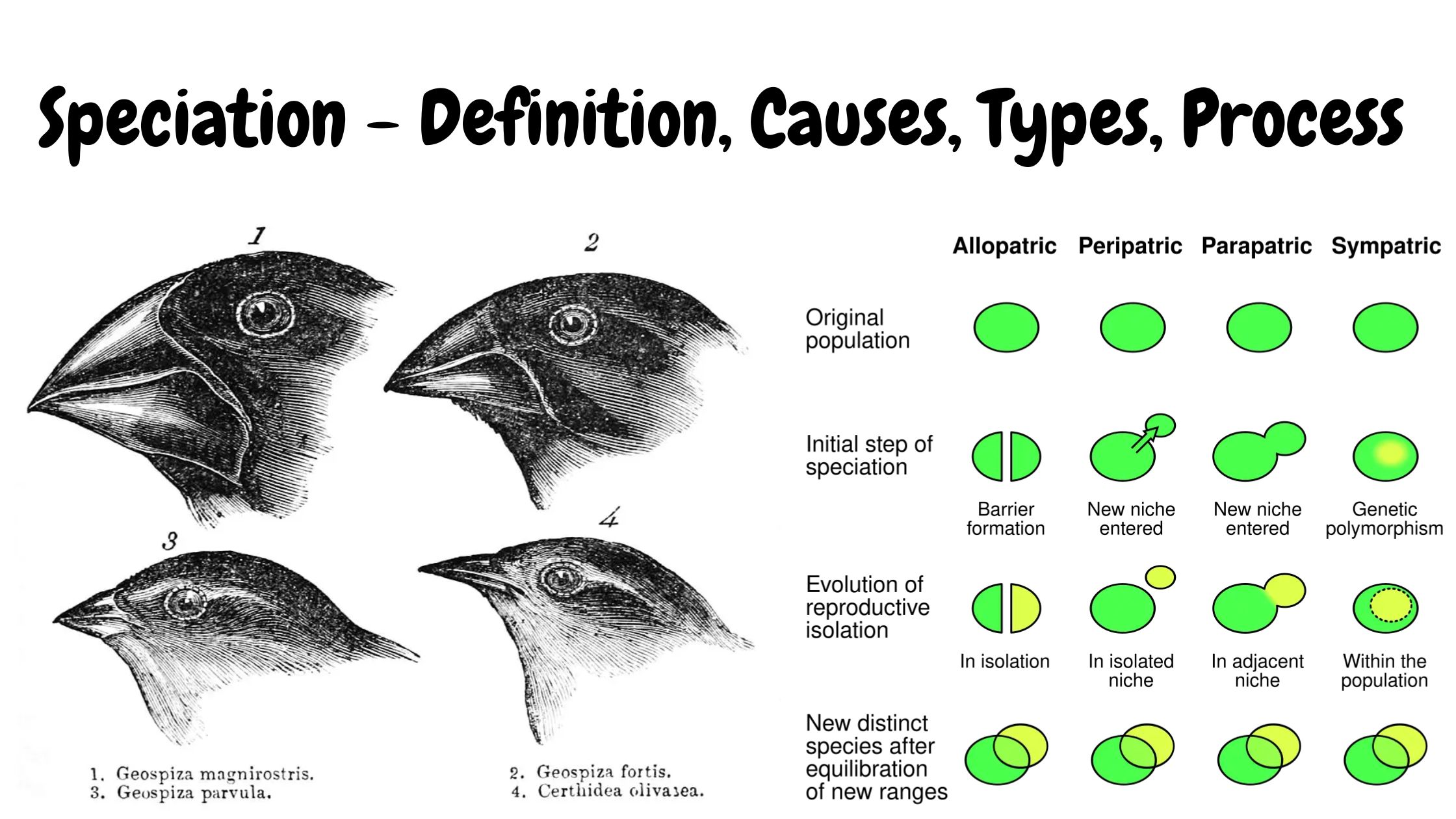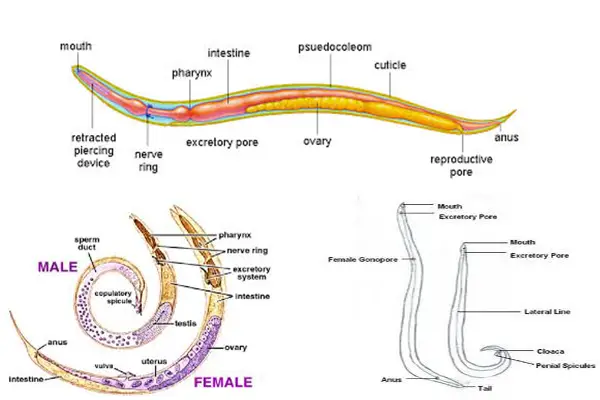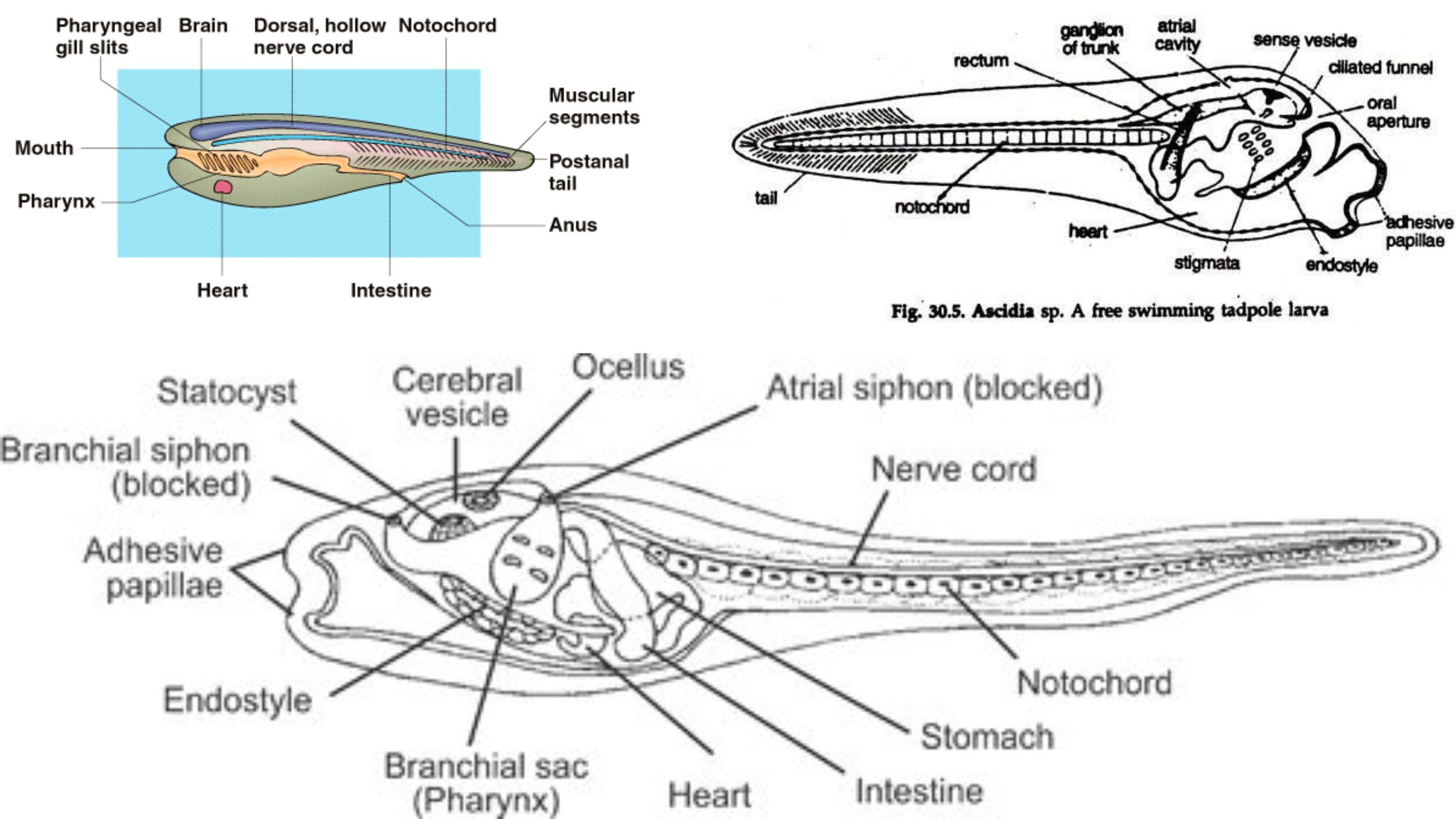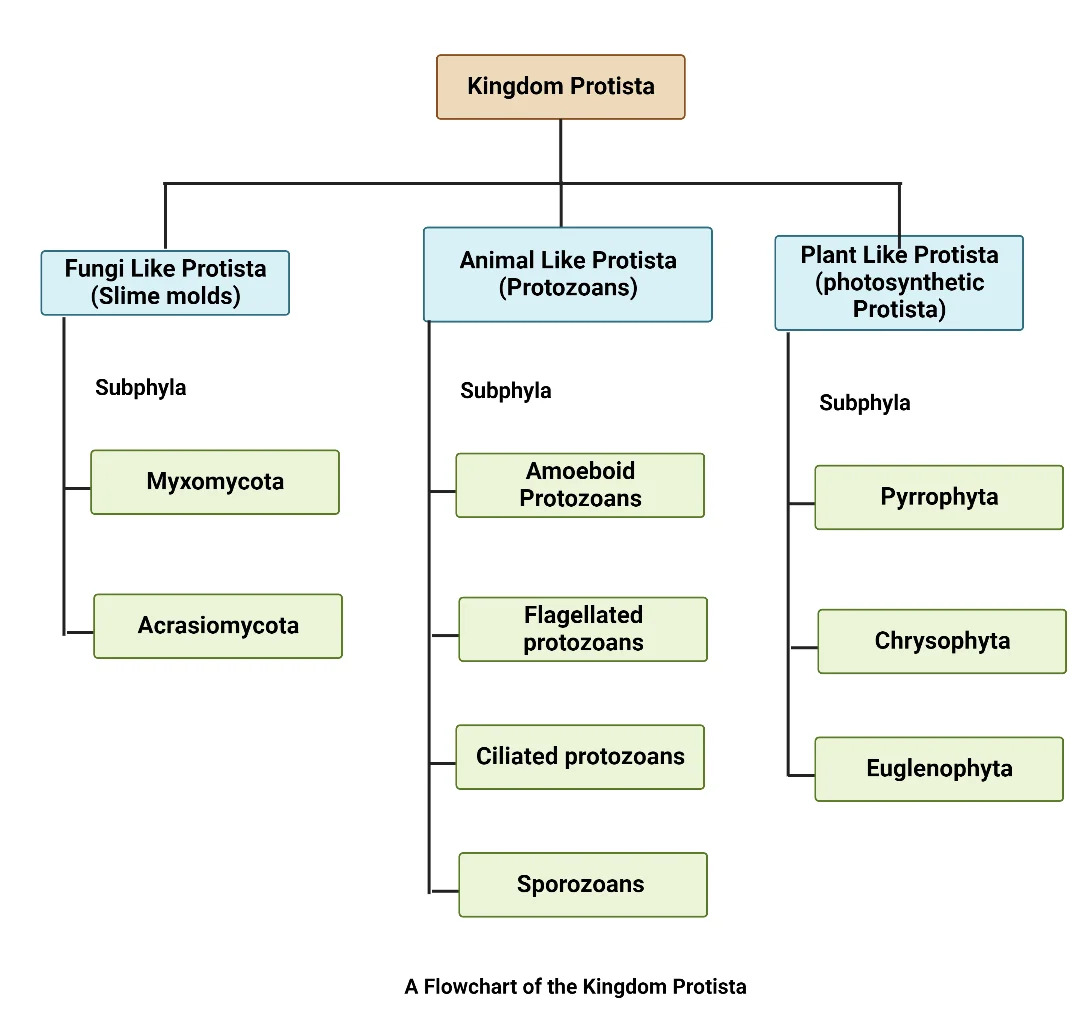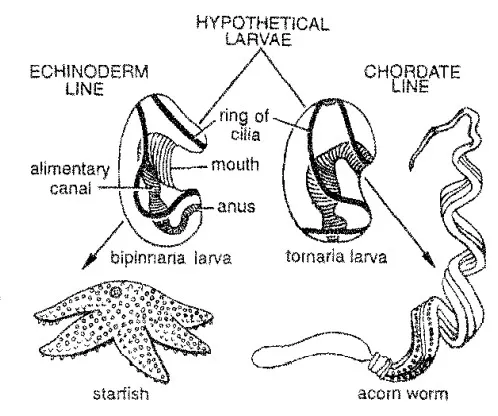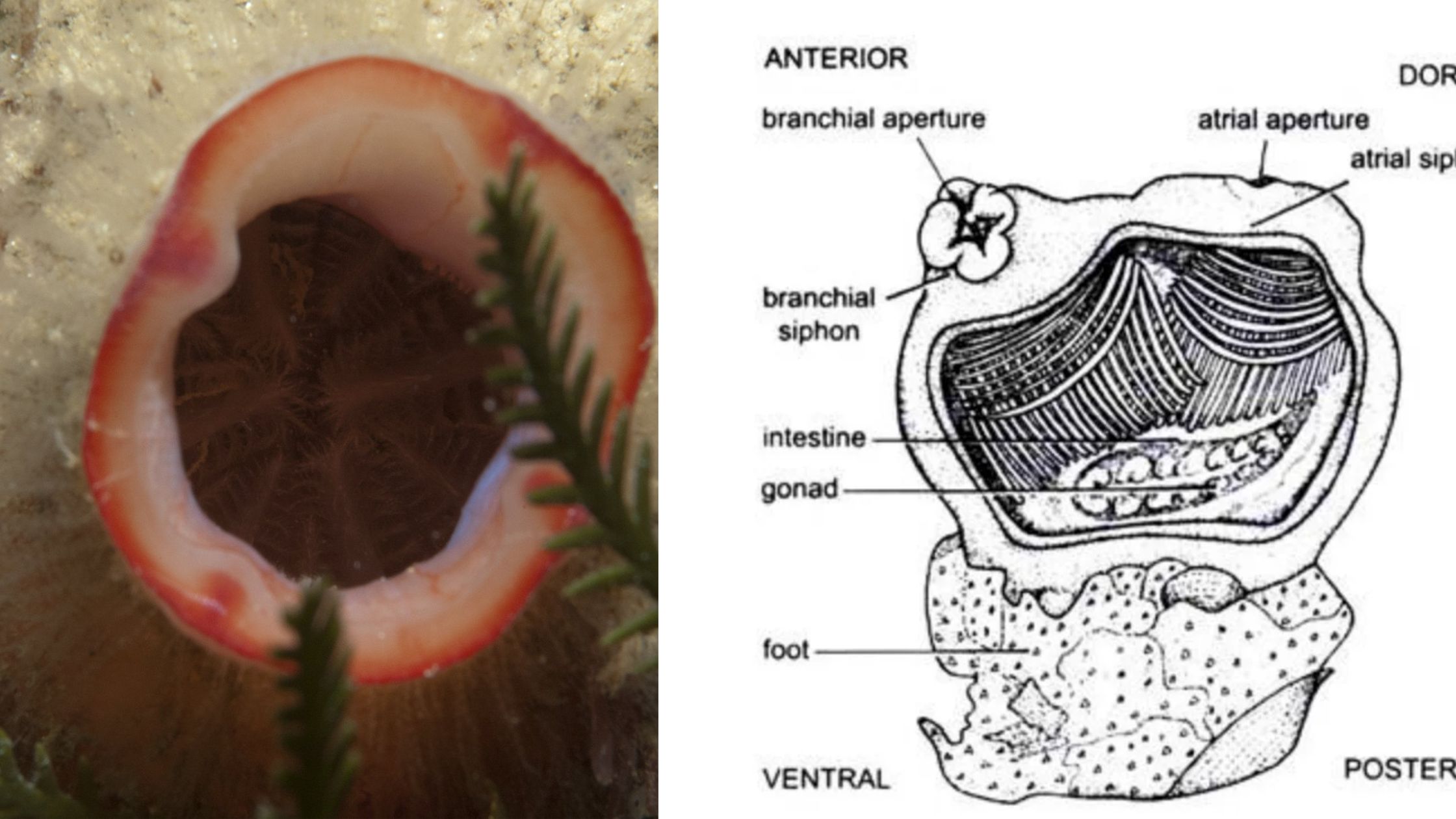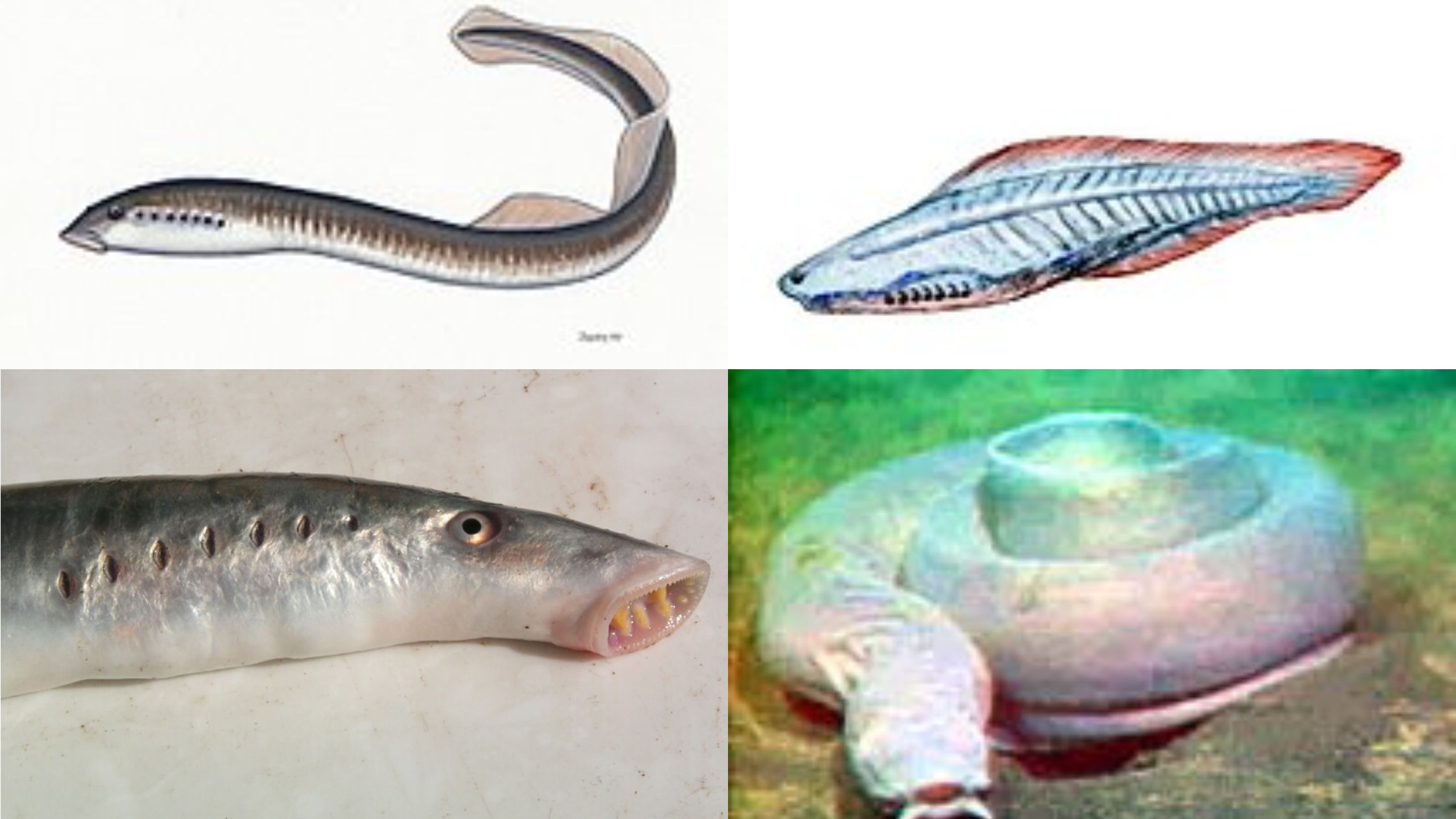Locomotion of Fish – Types, Mechanism, Examples
Fish locomotion is referred to as the movement of fish in water with the help of body muscles and fins. It is the process by which fish generate force against water to move from one place to another. This movement is carried out mainly for feeding, escaping from predators and migration. It is controlled by … Read more

